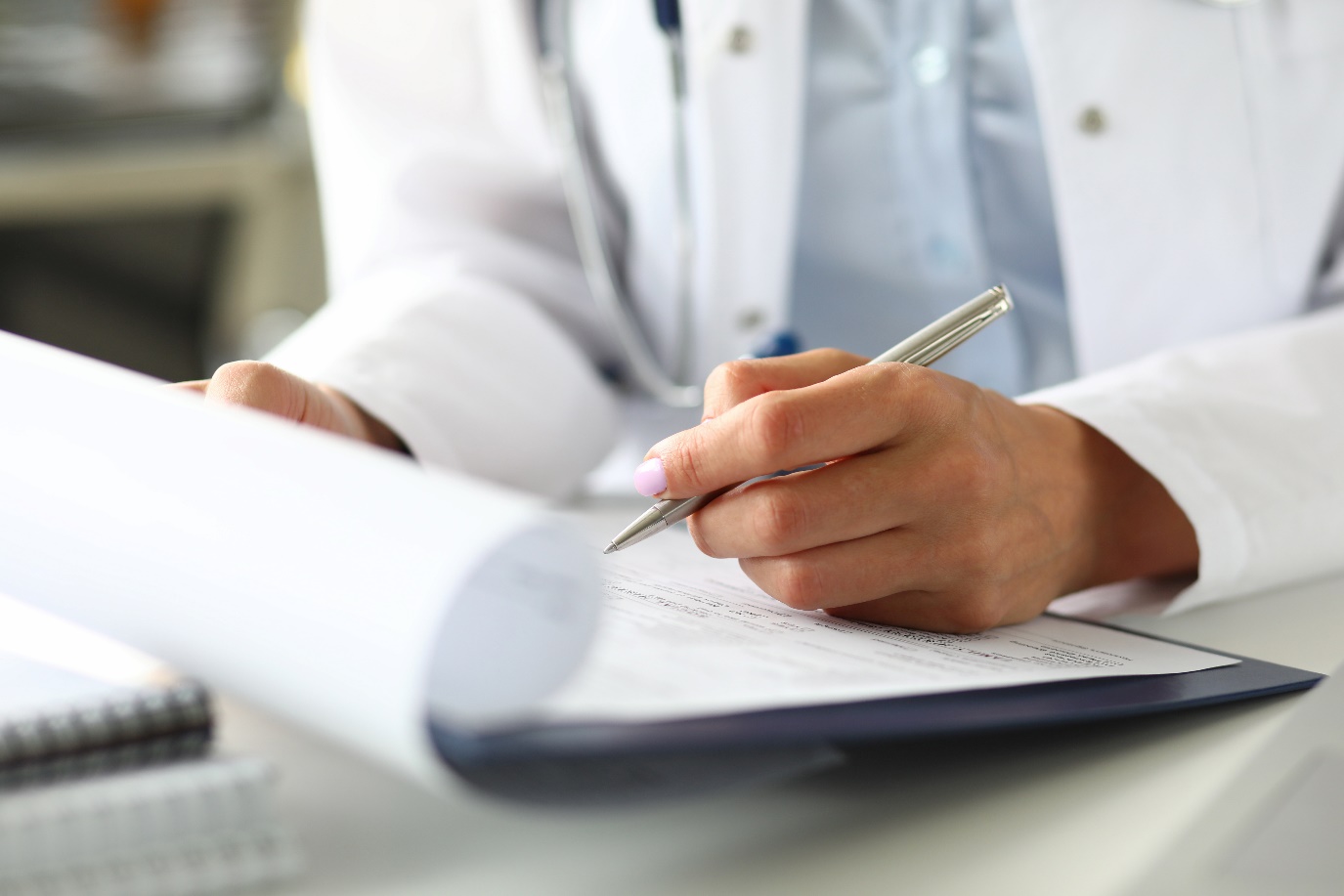
The translation of all kinds of medical and pharmaceutical texts is considered to be one of the most demanding. They require not only excellent knowledge of both languages — source and target, but also extensive knowledge of medicine, chemistry, biology and even Latin, which is still very much alive in medicine. The patient’s health or even life is very often at stake. It is therefore worth finding out more about this difficult yet fascinating field of translator work.
Medical translation services cover a fairly wide range of texts. From highly specialised scientific publications to practical information for patients and their families. The translation should take into account the purpose of the text in question, the characteristics of the target environment in which it will be used and the specificities of both languages. In the case of scientific publications, clinical trial protocols or drug information, it is essential to maintain the utmost accuracy and consistency in terminology, as these types of texts must contain professional terms characterised by unambiguity and indicating specific concepts.
This is not the case with texts intended for lay audiences, which should focus on practical, easy-to-read and understand messages. After all, patients will never have the same level of knowledge as doctors, and an incomprehensible translation, with its plethora of details and medical terminology, will not only fail to serve its purpose, but will further confuse patients when, more often than not, they need something completely different -– calm and friendly communication.
Medical documents translation – sensitive and demanding
Medical texts are characterised by the frequent occurrence of names derived from Latin, ancient Greek, as well as abbreviations. The latter can present a number of difficulties, as they can often have multiple sources, which is particularly problematic in the absence of a clear context. In addition, eponyms (words formed from proper names) are commonly used in Western medicine, which, from a translator’s perspective, is extremely important as it carries significant linguistic implications. Eponyms identify disease entities and symptoms, as well as concepts in anatomy and physiology, with eponyms being created from the names of the people who first described them or, less frequently, from the names of patients.
Although this would seem to be a considerable convenience due to the easier memorisation of distinctive names, for the translator this tendency represents a kind of difficulty, as eponyms are often rooted in the history of medicine in a given country and therefore lack unification in an international perspective.
Contrary to appearances, the risk of errors in medical translation is very high. It would seem that the high level of expertise of the texts and their stylistic neutrality should favour an unambiguous translation. However, the opposite is often the case, as the variety of contexts and terminology used, as well as the extraordinary prevalence of translations of varying quality, can lead to the mixing of registers and the proliferation of mistranslations. There is a well-known case of the Spanish word ‘intoxicado’, the mistranslation of which as ‘under the influence of alcohol’ (whereas the term can mean ‘nausea associated with food poisoning’) led to treatment errors that left the patient with quadriplegic paralysis.
What can be translated and by who?
The most important types of medical texts requiring translation can be divided according to their purpose into: information materials, drug leaflets containing information for both patients and doctors, summaries of product characteristics (SPC, pol. GLP); medical device translations, i.e. user manuals, accompanying documentation, specifications; clinical trial documentation, protocols, patient informed consent forms, patient information; hospital and medical records such as discharges, medical orders, diagnoses; training records -– for nurses or hospital staff. The last group is no less important promotional materials, primarily descriptions and promotional leaflets of medicines, medical devices-–press publications, internet publications, websites of pharmaceutical companies, healthcare providers.
The now widespread availability of scientific material in various fields and the possibility of further training via the Internet as well as in in-house courses has meant that it is now not necessary for a medical translator to have a specialist degree in a particular field. With a great deal of discipline and the use of as many sources of expertise as possible, as well as collaboration with specialists, a professional translator can develop the skills to produce texts of the highest quality with full equivalence of medical terminology.
Moreover, a translator who does not have a degree in a particular field and is therefore not familiar with the field of translation in a particular country may pay closer attention to the nuances of the target environment, which, in the case of texts of an informative nature and intended for people with an average knowledge of medical subjects, may even prove to be a great advantage.
Working with an interpreter
When working with a professional translator or translation agency, it is important to pay attention to the company’s experience in the medical field. It is always a good idea to ask for references and what exact texts the company has dealt with. Once the best supplier has been chosen, the materials that the translator will receive from the client also play a big role. The provision of glossaries and supporting material by the client is particularly important to enable future translators to maintain terminological consistency with previous translators and to prevent ambiguities, for example regarding product names or expressions commonly used in a particular company. Maintaining all these principles should contribute to fruitful cooperation and high-quality translations.
Online medical translation services are extremely convenient. Rather than having to travel to a translator’s office, you can simply upload your documents online and have your documents translated in a short period of time. This makes it much easier for medical professionals to translate medical documents quickly and accurately, which can often have a huge impact and be a matter of life and death.
Overall, using online medical document translation services is a great way to ensure accuracy and efficiency when communicating with medical professionals in other countries. They provide an affordable and convenient way to ensure that medical documents are translated in a quick and accurate manner.
